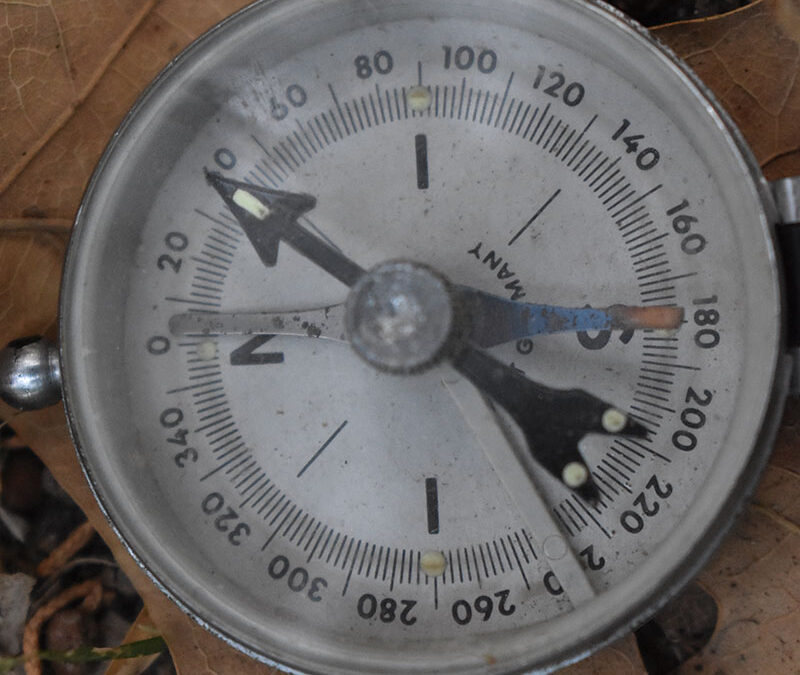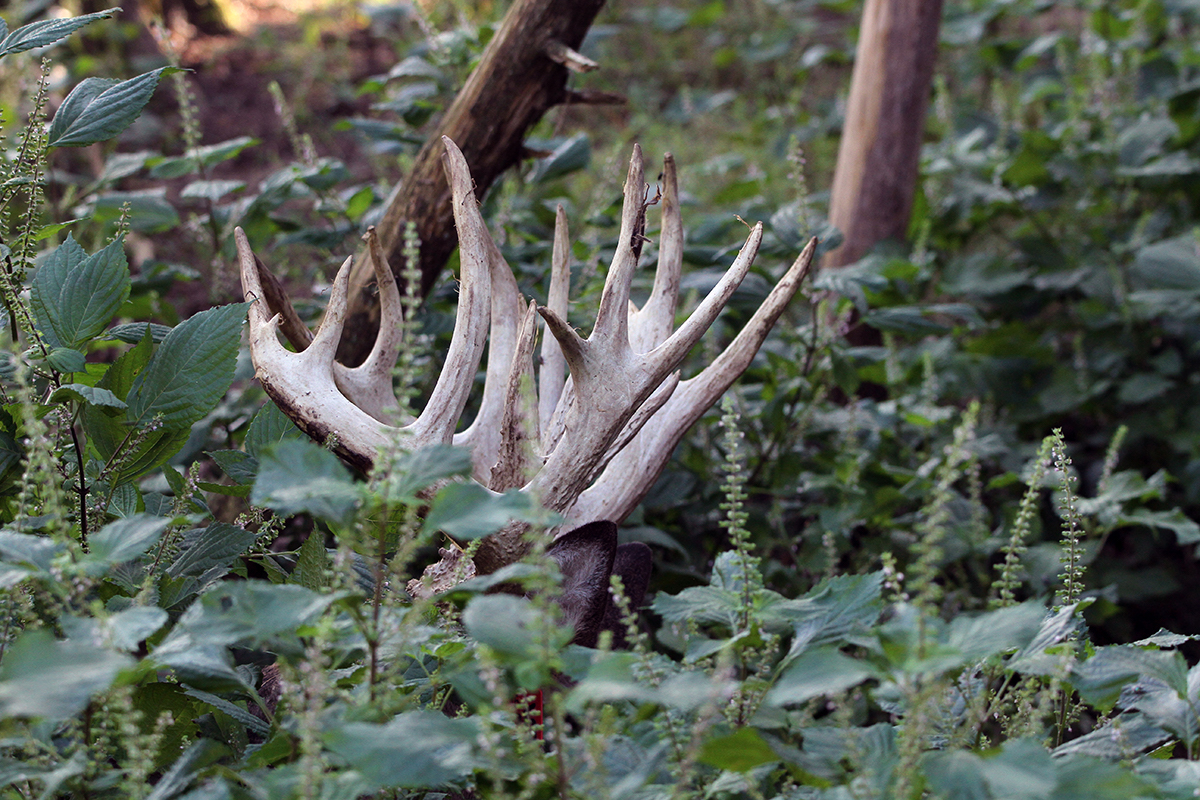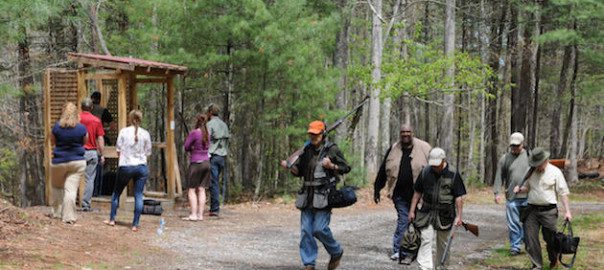With fall hunting seasons quickly approaching, I thought it would be fun to visit this week about scouting and learning land that you are not familiar with.
For a quarter century, I made my living first working on and later running survey field crews. I remember taking a survey course back in the mid seventies at Texas A & M University. It was taught by Mr. Irving Webb who worked for the state land office. Mr. Webb ‘invented’ the method of determining the public/private boundary on waterways in Texas. He was an ‘old school’ surveyor and one of the few qualified to teach the method of determining a true bearing by observing Polaris at night. The process involves much angle turning, precise time observation and calculations that I do not wish to ever have to replicate. The truth is, this archaic method of determining bearings has long gone by the wayside. Today, the punch of a button on a survey quality GPS system solves the equation of scouting and learning land instantly.
Sportsmen of today, whether on the water or land, need not be concerned about such technicalities. A cell phone, hand-held GPS or boat navigation system has the potential to track your movements. These devices can relate them to a very precise map that can be used to determine location and trajectory.
For several years, I have been using an App on my phone called HUNTSTAND. The one disadvantage to this type system is the fact that it operates on cell signal coverage. If you can’t talk or text on your phone, you can’t use it. I have found it to work very well over much of Texas. However, I would never want to depend totally on cell signal coverage when in really remote country. This App will store thousands of waypoints, track your movement, give wind direction, calculate acreage and much, much more. Its basic functions are free to download at your App store.
Hand-held GPS units get their signals from the many navigation satellites orbiting the earth. They are reliable anywhere on the planet (as long as batteries are fresh and they are not dropped in the water or otherwise disabled). I have an older Garmin unit that I’ve used from the wilds of Canada to the woodlot not far from my home. All these routes remain stored on the unit. I have on occasion returned to ranches I’ve hunted years before or remote areas up in Canada and the location of hunting stands, roads, etc.. The routes I used to access them are still visible.
Many of us will be scouting new hunting lands in the upcoming months, especially those with new hunting leases. Even a couple hundred acres of woodlands can be challenging to learn in a few hours of scouting. But, If an App such as HuntStand is used, you instantly have an in-depth map of every pond, trail and clearing on the property. You also have a dot telling you precisely where you are in relation to the map. Scouting new land can’t get any easier than this.
Even with this advanced technology, it’s important to develop a plan for scouting and learning land.
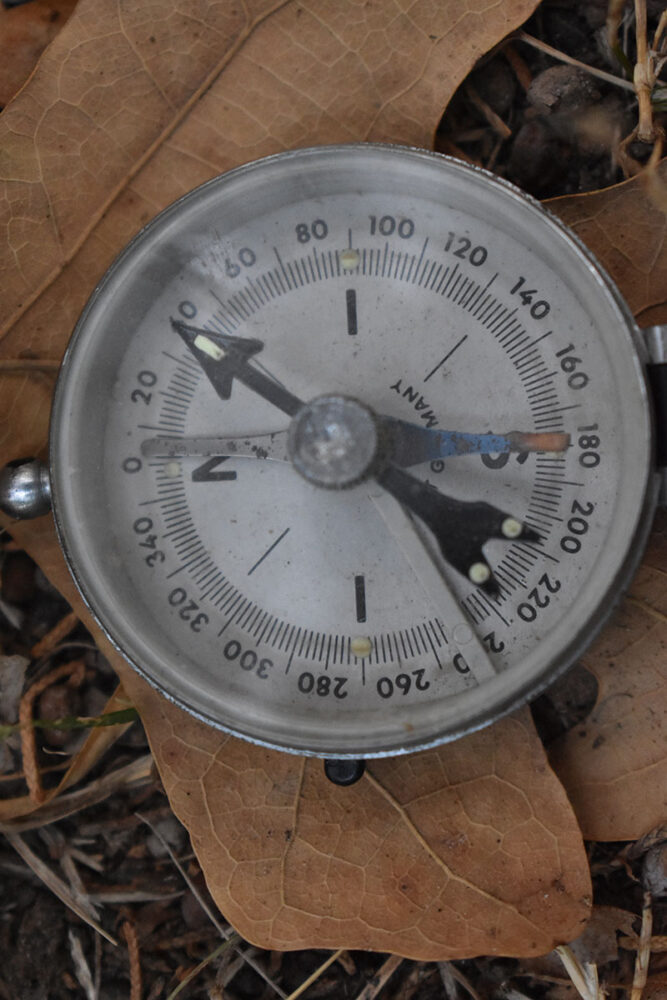
Luke’s old compass that he has carried for over 40 years. This instrument has led Luke into and out of some spectacular country through the years. Photo by Luke Clayton
Before heading out for scouting and learning land, I pull up the property and ‘drop a pin’ or marker on features such fence corners, trail crossings, access points, etc. Keep in mind that the HuntStand App has a feature that shows individual tracks of land and denotes the owner of each tract. Once I arrive on the ground and begin scouting, I put the App in ‘tracking’ mode. As I walk along the trails and roads, my path is clearly marked by a series of waypoints. I can easily see where I am going and where I’ve been, all in relation to features on the map. Handheld GPS units have many of the same features. They’re all are operating on signals from satellites, not from a cell tower.
But when actually hunting, the last thing I want to do is constantly be looking at a GPS, or compass for that matter. I never go into a new area without a compass and general idea of which direction to the nearest road or access point. For many years, a compass and map used in combination was the accepted method of navigating on land. But in truth, I’ve used my compass much more without having a map as a guideline.
Say, for instance, we have just leased 500 acres of woodland somewhere in East Texas and all we have is a compass to guide us. No maps. No GPS. What to do? Well, the only thing the compass is designed to do it point to north. But, if we find a feature on the ground such as a road adjacent the property. We can use a compass to determine the bearing the road is running. Even when far back on the property, a compass can determine the general direction of the road and our route back to the truck. We won’t be able to come out exactly at the truck but we will hit the road somewhere nearby. We can use the road to guide us back to our starting place. In theory, we could use the compass and run a ‘course’ through the land and follow the course back. However, we would be spending our time running the course with bearings and paced distances and not scouting and learning land.
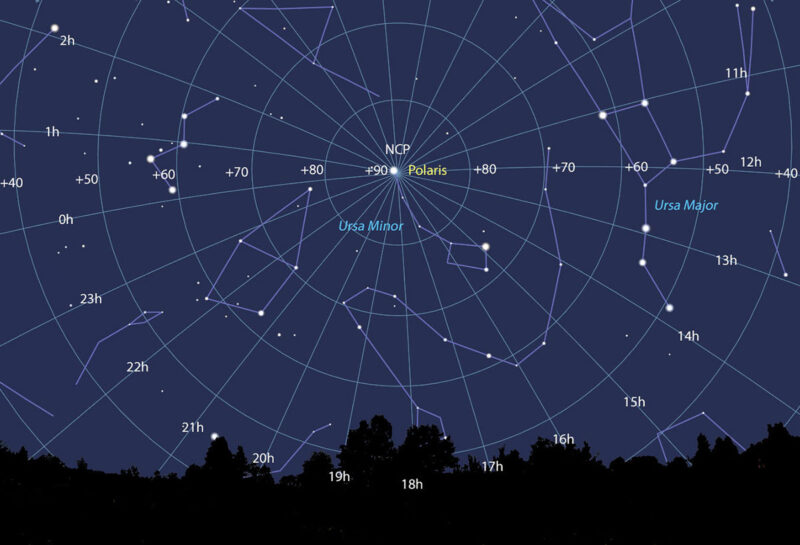
On many occasions, I have used the stars at night to ‘get back to the truck’ or back to a known landmark or trail. Say we’re trailing a wounded hog after dark. Rather than watching my GPS continuously I reference a bright star. I then use the approximate angle, right or left of the star, to where I wish to return. This keeps me oriented well enough to know the general direction back to my starting point. The GPS, assuming I have one, will lead me back once I find my hog or decide to head back. Polaris can be difficult to spot at times, but remember the Little Dipper revolves around Polaris. Find the Little Dipper or Big Dipper for that matter and you are close enough to North to find your way!
 Helle GT is a longtime favorite and has been in the Helle line since 1997. It has a big fanbase in many parts of the world for its characteristic look mixed with traditional Scandinavian knife design. Buy Now
Helle GT is a longtime favorite and has been in the Helle line since 1997. It has a big fanbase in many parts of the world for its characteristic look mixed with traditional Scandinavian knife design. Buy Now

